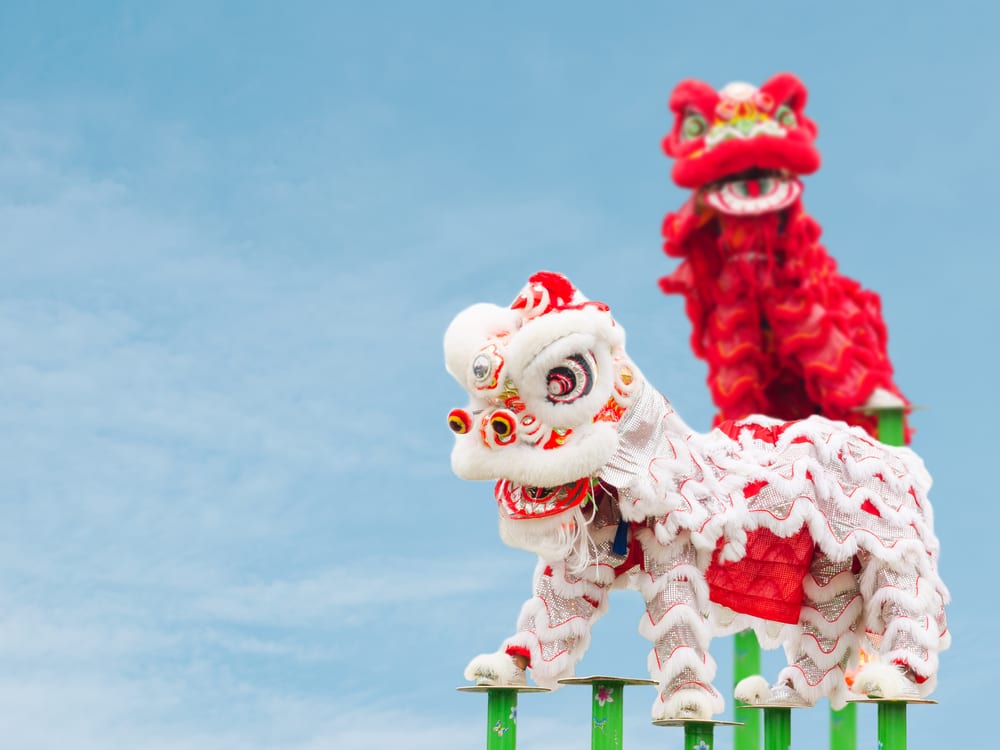The Art of Leadership Newsletter
CEO Update

So much to stay on top of……..so little time to do it.
That’s why we’re excited to launch our ‘Art of Leadership’ newsletter, designed to help you stay on top of innovations and trends in leadership and organisational development.
Once a month we’ll be bringing you Stephenson Mansell Group (SMG) thought-leadership articles, helpful resources and links, upcoming events and news. We don’t want this to be a one-way street though so tell us what you want to see – or don’t – and we’ll oblige. We want this newsletter to be valuable for you.
Asia is critical to Australia’s economic future. But there’s a huge capability gap amongst Australia’s corporate leadership in how to engage with the myriad of cultures and business practices that make up Asia. So in this issue, we explore how organisations can effectively deal with this capability gap. Firms that invest in developing emerging leaders of Asian descent will be best placed to capture growth in the Asian century, which is why we are excited to introduce you to our new group mentoring solution for culturally diverse talent.
SMG is growing and we need more space. So we are expanding into the suite adjoining our Sydney head office in Walsh Bay, allowing us to offer improved facilities for our clients and our expanding team of consultants. If you are in the area, we’d love to see you. Pop in and visit us from mid-October.
Enjoy your day and happy reading!
Felicity Menzies
CEO, Stephenson Mansell Group
BLOG
Misunderstanding Asia – We have no excuse for continuing to get it wrong.

On the surface, relocating to Singapore seems like an easy step for Australians. The city is safe, clean and multicultural, English is widely and the food is fabulous.
Ten years ago, when I made the move, it was an exciting prospect and I thought I was well-equipped to slide easily into my new home and its culture.
In reality, I was woefully unprepared. It started with smiles – or, to be more precise – the lack of them. Singapore appeared to be remarkably unfriendly as my smiles went unreturned on the street and people seemed disinclined to “small talk”.
To my Australian way of thinking, I was being given the cold shoulder. It took a while for me to understand that smiling at strangers is not part of the culture of Singapore’s ethnic majority group, the Singaporean Chinese. In fact, the people I was trying to connect with may even have suspected I was making fun of them. Smiling at strangers is viewed with suspicion by the Chinese. Differences between cultures are often subtle and unexpected – you cannot see what you do not know.
Cultural misunderstandings like this meant the first years of my Singapore decade were punctuated by frustration and a constant longing for the familiar. I felt an overwhelming desire to flee – if it weren’t for my family commitments, I doubt that I would have stayed for long.
Massive missed opportunity
A lack of cultural proficiency sits behind the tendency of Australian businesses to retreat from their Asian “adventures”.
Recently, both the ANZ bank and IAG have scaled back their involvements in the Asian region in changes of strategy that have been characterised as “retreats” and “reversals”.
Australian boards, executives and investors are often unprepared to take the time required to build strong, mutually-beneficial relationships in the region. Lack of commitment by Australian business represents a massive missed opportunity in this “Asian Century”. China is the world’s second-biggest economy, followed by Japan, and, by 2025, Asia (defined as 48 countries) will account for nearly half of world output.
It is hardly surprising that Australian companies stumble in Asia when you examine their Asia-capability. As many as 90 per cent of Australia’s top 200 companies are not Asia-ready, according to the Match Fit: Shaping Asia Capable Leaders study by AsiaLink, the Institute of Managers and Leaders and PwC.
According to this study, to be Asia ready, leaders must have the following six competencies:
- Sophisticated knowledge of Asian markets;
- Extensive experience operating in Asia;
- Long-term trusted relationships in the region;
- The ability to adapt behaviour to Asian cultural contexts;
- Capacity to deal with government; and
- A useful level of language proficiency
According to the report, 67 per cent of ASX 200 board members show no evidence of extensive experience operating in Asia and 55 per cent demonstrate little to no knowledge of Asian markets. Senior executives have even lower levels of Asia capability than their boards across each of the six capabilities.
Our diversity is our opportunity
Results like these make it painfully clear that too few companies are taking advantage of the rich diversity of the Australian population. With 17 per cent of Australians claiming Asian heritage, only two per cent of senior executives and four per cent of board members can do the same.
The underrepresentation of cultural diversity in Australian corporate leadership has a number of causes, including cultural stereotypes and bias, a preference for Western leadership styles, and lowered access to informal or formal professional networks and mentoring opportunities. Organisations can work to close this gap and position themselves for growth in emerging markets by empowering culturally diverse talent through initiatives that address and offer support for managing those barriers.
As an example, Stephenson Mansell Group’s Culturally Diverse Emerging Leader Group Mentoring Program offers expert counsel and ongoing support needed to navigate the Australian business environment and manage unique challenges faced by individuals from diverse cultural backgrounds.
To avoid being left behind in the Asian century, Australian enterprises must lift their game in leveraging our multicultural workforce. It is not just the right thing to do, it is also solid business practice.









